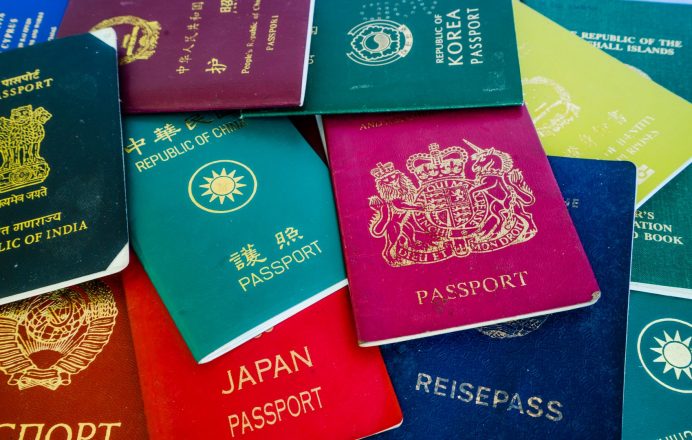企业到居住服务
与企业相关的居留许可申请中最常用的两类是技术移民和商务移民类别。
(a) 技术移民 “技术移民” 类别旨在确保移徙到新西兰的人具备国家所需的技能.此类别适用于积分制度-申请人只有在拥有 160 点或更多积分的情况下才会被邀请申请居留权。积分是根据新西兰的资格、工作经验、年龄或工作机会获得的。申请人还必须满足健康和性格要求,精通英语,年龄在 55 岁或以下。要获得足够的积分,一般来说,有技术工作机会至关重要。
(b) 商务移民商务移民可以通过几种不同的方式申请在新西兰居留.最常见的方法是在企业家居民类别或投资者类别下申请。
( I) 企业家
企业家居民签证有两个子类别:两年零六个月。
在企业家居民签证(两年)类别下,申请人必须建立或购买能够显著惠益新西兰并在该企业中 “自雇” 至少两年的企业。申请人不需要持有长期商务签证或企业家工作签证即可申请该子类别下的居留权。
推出了企业家居民签证(六个月)类别,该类别为那些(除其他外)创造至少三个全职工作并投资 50 万新西兰元的申请人提供了更快的居住途径。在某些情况下,这种资本要求可以免除。这一类别要求该企业至少经营六个月,申请人在该企业中自雇六个月,并且仍然是该企业的自营职业者。申请人需要持有长期商务签证或企业家工作签证才能在此子类别下申请。
企业家居民签证的申请人必须满足健康和性格要求,并具备所需的英语语言技能。
( II) 投资者
投资者类别下有两个子类别:投资者 1 和投资者 2。
在投资者 1 类别下,申请人必须在三年内在新西兰投资 1000 万新西兰元。申请人还必须在其三年投资期的最后两年中每年在新西兰投资 44 天,如果申请人已将 250 万新西兰元投资于增长投资,则在三年投资期内的任何时候都必须花 88 天。
有健康和性格要求,但对年龄、商务经验或英语能力没有要求。
在投资者 2 类别下,申请人必须在新西兰投资 300 万新西兰元,为期四年。申请人必须符合健康和性格要求,年龄在 66 岁以下,至少有三年公认的商业经验,并具备所需的英语语言技能。
申请人还必须每年在新西兰逗留 146 天,如果申请人在增长投资中投资至少 75 万新西兰元,则在四年投资期内的任何时间都必须在新西兰花费 438 天。
对于每一类投资者 1 和投资者 2 类别,申请人在申请获得批准后有 12 个月的时间内转移其指定的投资基金并将其投资于新西兰可接受的投资,尽管这一时限可以延长。
以上只是目前移民类别的一般摘要。移民类别可以而且确实会改变。我们建议任何寻求在新西兰生活或工作的人都应首先阅读新西兰移民局网站(www.immigration.govt.nz)上提供的相关指南和表格,并在开始申请流程之前征求专家意见。

















































